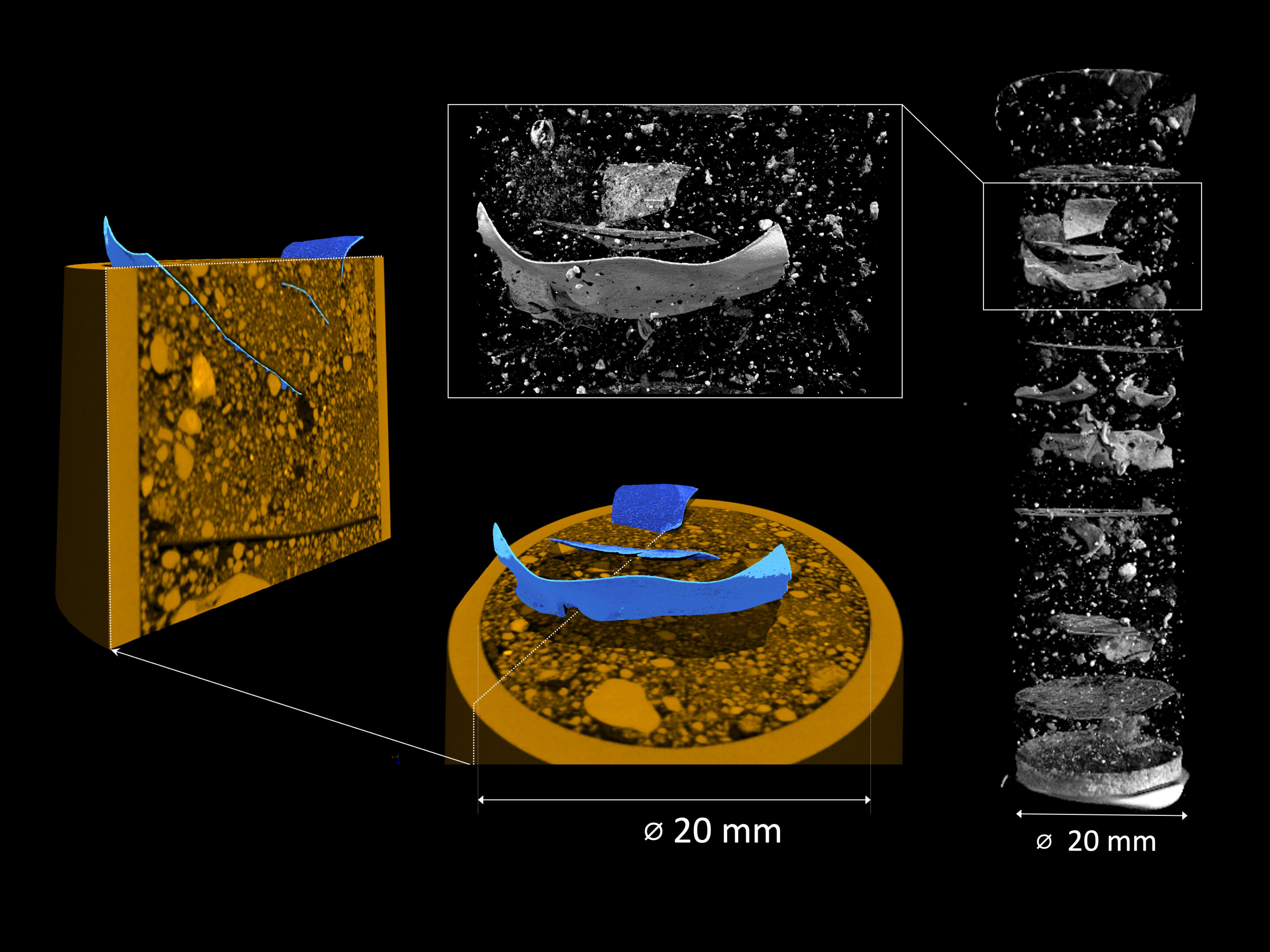Soil microplastics: New study unveils impact and distribution
Microplastics are prevalent in the ocean, freshwater, soil and air, and pose a significant concern to ecosystems and human health. In Germany alone, approximately 100,000 tonnes of microplastics are generated annually from tyre wear, astroturf, cosmetics, washing powders, clothing, disposable masks, plastic bags, and other waste. These microplastics find their way into the environment, raising questions about their behaviour and impact on different soils. A recent study conducted by the University of Potsdam and Institut Laue-Langevin introduces a novel method to address these questions. Utilising a unique instrument that employs neutrons and X-rays to perform 3D tomography on soil samples, the study provides a comprehensive analysis of microplastic distribution and its potential influence on soil structures.

Current analyses involves floating soil samples in a heavy salt solution, yet details about the specific accumulation and structural changes caused by microplastics remain elusive. The new technique combines neutron and X-ray tomography, providing simultaneous 3D imaging without altering the sample. This breakthrough enables scientists to quickly visualise both organic and synthetic particles (using neutrons) and mineral particles with their associated structures (using X-rays), shedding light on the distribution and potential impacts of microplastics in different soil types.